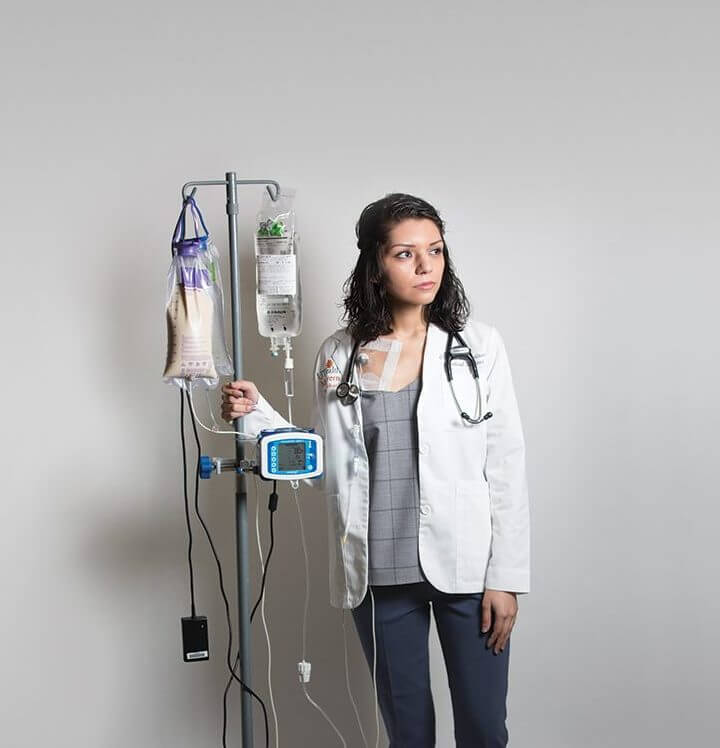

#Doctors in training videos time how to
With no warning and no instruction manual, medical schools are figuring out how to train a generation of post-pandemic doctors for a world still taking shape. That meant learning how to produce doctors who could help chip away at those disparities moving forward. Then, in the U.S., schools were also forced to grapple with their roles in a health care system that often fails to keep Black and brown patients well. First, schools had to figure out how to remotely train students in skills taught hands-on before lockdowns. Medical schools all over the world have had to adjust on the fly during the pandemic, in ways both practical and ideological. “We need to make sure that our students understand our history.” “Our country doesn’t just have a pandemic it also has a renewed recognition of centuries of racism,” says Kaiser’s founding dean Dr. The streets were filled with people protesting police brutality and racism, as a nation that had long overslept awoke to the disparities woven into almost every American institution. The COVID-19 pandemic had put a hold on almost every facet of “normal” life, and the medical system was scrambling to treat millions of patients with a new and terrifying disease, a disproportionate number of them Black and brown.

Tyson School of Medicine opened its doors in Pasadena, Calif., in July. That future felt a good deal more urgent by the time the Kaiser Permanente Bernard J. “The school will help shape the future of medical education,” promised Kaiser CEO Bernard Tyson, who died unexpectedly, reportedly of a heart attack, about nine months after the announcement.


 0 kommentar(er)
0 kommentar(er)
